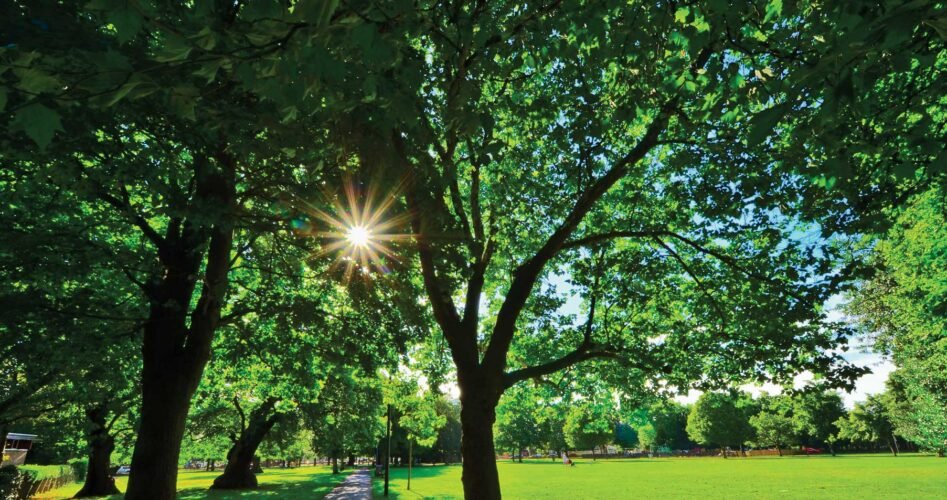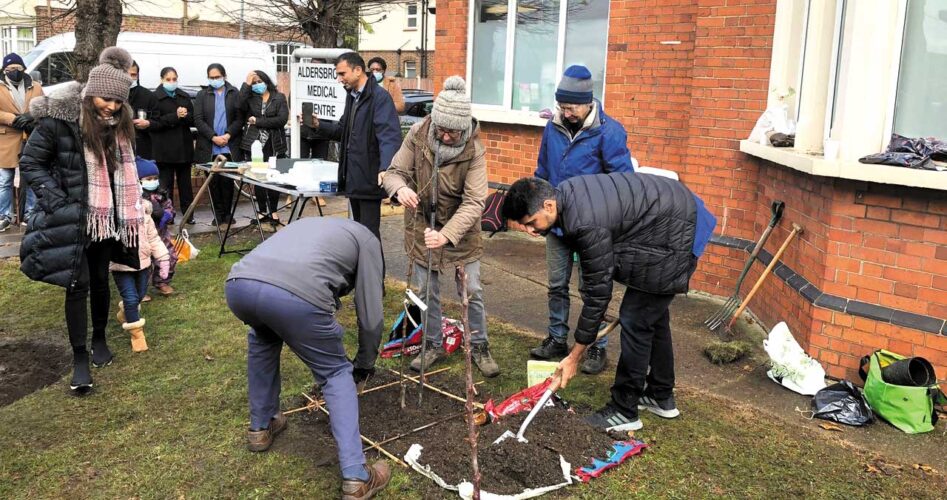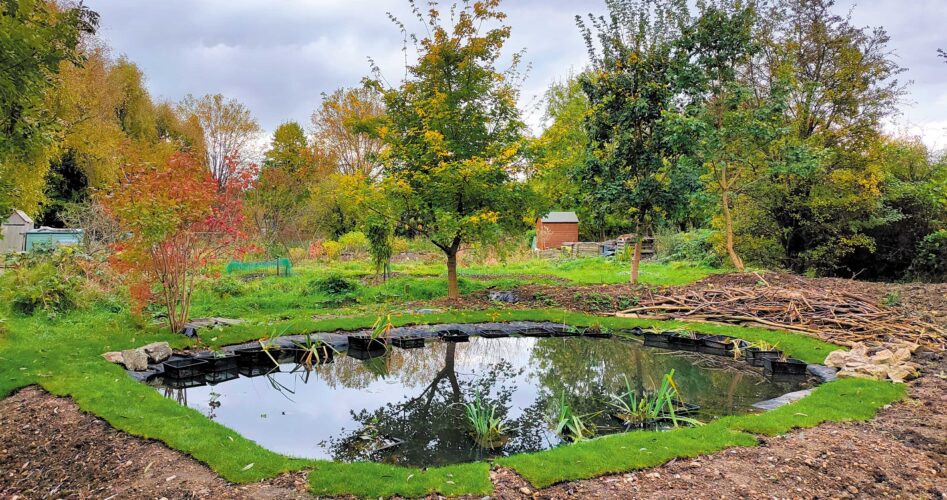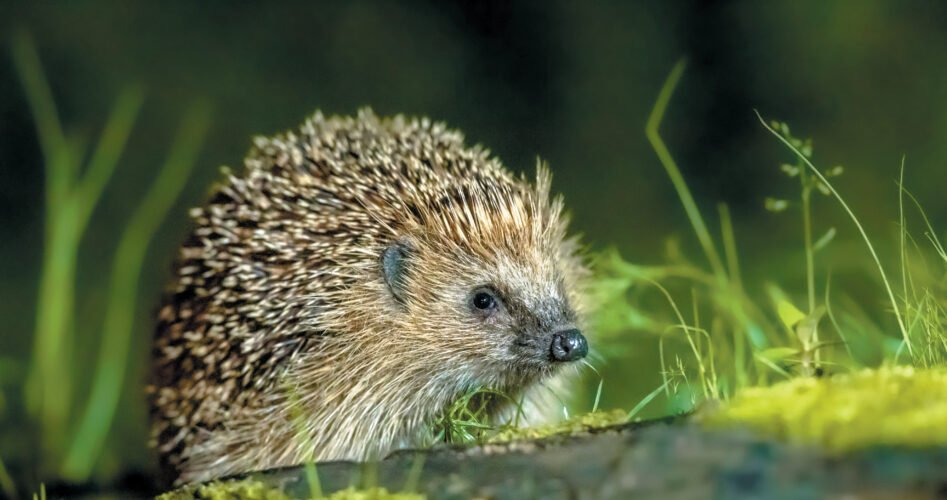Vision RCL is a charity that works in partnership with Redbridge Council to deliver leisure and cultural services. Here, chief executive Iain Varah offers some insight into the workings of the organisation
Vision RCL is an independent registered charity and a company limited by guarantee, overseen by a board of voluntary unpaid director trustees made up of community representatives and two local councillors.
As a charity, any financial surpluses Vision makes are reinvested to improve the quality of facilities and services and to deliver our charitable objectives. Vision aims to increase participation, accessibility and inclusivity across all of its services, as well as developing partnerships and sharing best practice.
The charity was established in 2007 and Redbridge Council decided to transfer a number of core sport and leisure facilities to the trust at that time. This was followed in 2008 by the transfer of the three remaining sport and leisure facilities, including Wanstead Leisure Centre. In May 2011, the council transferred a wider range of services into the trust, including parks and open spaces, nature conservation, libraries, arts and events, museum, heritage, hall lettings and grounds maintenance services.
Vision again expanded significantly in 2016 to incorporate Redbridge Music Service and Redbridge Drama Centre, the latter based in South Woodford. Wanstead and Loxford Youth Centres were also transferred in the same year. Vision also took on the operation of the dual-use school/community pool and sports facilities at Loxford School of Science and Technology, and a further leisure centre development at Mayfield School opened in 2018. In September 2019, Vision took over management of the Kenneth More Theatre.
Vision, as an independent charity, has access to a range of significant external funding that public bodies cannot access. On an annual basis, this figure is in excess of £800,000, but will be significantly increased with an Arts Council England grant of £1m from the Creative People and Places fund to be spent across Redbridge in partnership with a number of Redbridge-based charitable and voluntary organisations over the next three years. Vision now has over 750 employees and a turnover of over £20m, and is one of the largest and most diverse leisure and culture trusts in the country.
The formal relationship between Redbridge Council and Vision is defined by a Funding and Management Agreement in place until March 2026, as well as related leases, licences and other supporting agreements. As the council is under increasing financial pressure due to the reduction in government funding, the need to generate income to protect jobs, services and facilities has become more acute. The management fee from Redbridge Council has reduced significantly over time, and Vision has to generate income to fill the ever-increasing hole in finance between the management fee and running costs.
For more information on the work of Vision RCL, visit visionrcl.org.uk













